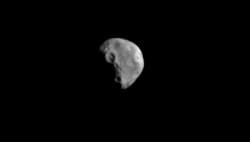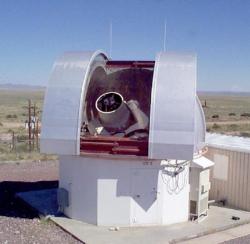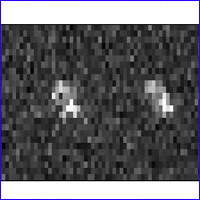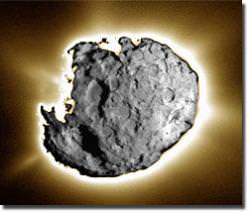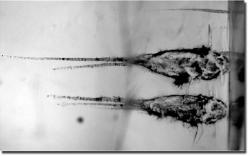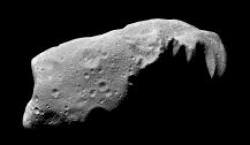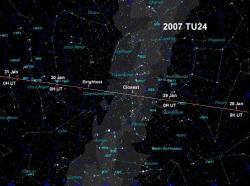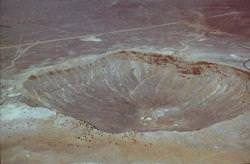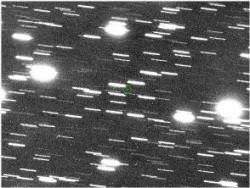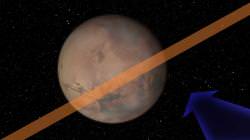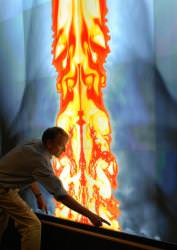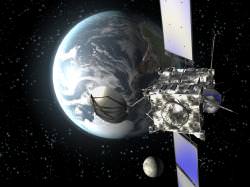One of the most spectacular sights in the night sky is a fireball; a rock from space impacts the atmosphere and blazes a trail that can last seconds or even minutes. These burn up harmlessly, but when do they turn dangerous? When do asteroids get large enough that they can actually get through the atmosphere and cause some destruction here on the ground?
During an invited talk at the Meteoroids 2007 conference held in Barcelona, Spain, Clark R. Chapman from the Southwest Research Institute delivered a presentation about how to define this line between harmless explosion in the sky and an impact that causes destruction here on the ground. The paper, entitled Meteoroids, Meteors, and the Near-Earth Object Impact Hazard was later published in the journal Earth, Moon and Planets.
Originally, researchers focused their efforts on the largest asteroids: the objects 2 km (1.2 miles) and above. These are the space rocks that could cause wide scale devastation across the planet, affecting the climate and leading the the deaths of hundreds of millions of people. It was calculated that an individual might have a 1-in-25,000 chance of dying in an asteroid impact.
Now that the Spaceguard Survey has discovered 75% of the asteroids 1 km and larger, your chances of dying have dropped to about 1-in-720,000. About the same chance as dying from a fireworks accident or amusement park ride.
According to Chapman, astronomers are now shifting their focus from the largest impacts – like the one that wiped out the dinosaurs 65 million years ago – to the smaller, but still dangerous space rocks. For example, the rock that detonated in the air above Tunguska, Siberia in 1908. That object was probably only between 20-100 metres (65-325 feet) across.
And yet, it leveled the forest for thousands of square kilometres and would have caused immense destruction if it had hit a populated area.
A new survey, informally called the Spaceguard Two Survey, will begin soon with the goal of finding 90% of the near-Earth asteroids larger than 140 metres (460 feet) within the next 15 years.
There are many variables that go into calculating the resulting destruction from an impact. You have to consider the velocity, if it’s a metallic or rocky asteroid, and whether it’s fragmented or not.
What should the response be of national and international emergency management officials to a prediction that a 35 m NEA will strike a populated country a decade in the future? Following current interpretations, we would simply tell people near ground-zero to stay inside and not look directly at the high-altitude explosion. But if objects of that size could cause Tunguska-like damage, we might not only evacuate people for 100 km surrounding ground-zero but we would certainly consider a space mission to move or blow-up the threatening NEA.
Originally, researchers thought that Tunguska level events happened once in 4,000 years, but it might be more common, maybe as often as 1-in-700. And perhaps even smaller, more common, asteroids could still cause destruction on the ground – 1-in-200 years.
If Spaceguard Two Survey gets going, it should locate most of the larger asteroids, but even 50% of the Tunguska-sized impactors. It will even be tracking 1-2 million 30 metre objects.
And if one of those rocks is on a collision course with Earth, governments and space agencies will be able to work out an evacuation or prevention strategy.
Or at least encourage people to avert their eyes.
Original Source: SWRI

